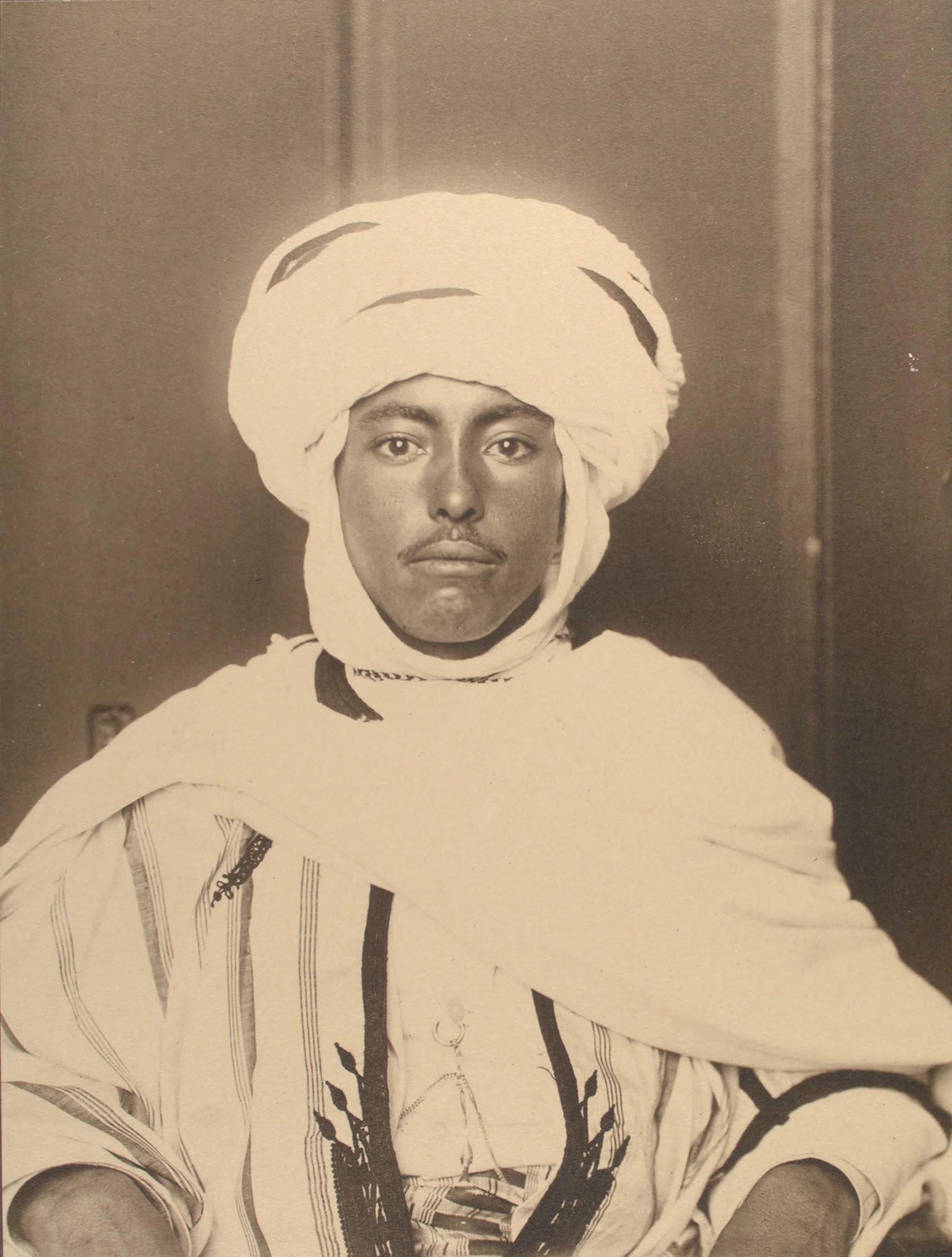Ellis Island Stories
Mohamed Juda
Federal Regulation of Immigration: 1892-1924
After colonization, Ellis Island passed through several hands, including New York state and finally the federal government, which used it for several fortifications.
Beginning in 1875, the federal government began to take a more active role in the regulation of immigration and began passing laws to exclude people deemed undesirable. In 1882, for example, the first of several “Chinese exclusion acts” was passed during a period of intensive, anti-Asian xenophobia. All of these laws meant a more centralize and bureaucratized approach to U.S. immigration, and construction began at Ellis Island. Opening in 1892, construction continued until 1897, when a fire consumed most of the new construction. After an architectural contest, new plans were drawn up, and new facilities were opened in 1900, with additional construction and island expansion extending over the next decades. This was the most active period for Ellis Island, and from 1892 until the passage of restrictive quotas in 1924, 12 million immigrants passed through Ellis Island.
What was immigration like for them? It was not, as it is today, a lengthy process involving multiple filings, interviews and lawyers. For most of the people arriving at Ellis Island, the process took a few hours and required nothing more than matching one’s name against a ship’s manifest, undergoing a cursory medical examination, and answering a few questions. Passports and visas were not widely used until World War I.
This was the case for approximately 80 percent of people entering through Ellis Island. But other people found their experience there more problematic. Among them, people who were excluded from immigration and people who were found by officials to be undesirable and then deported. These included people lawmakers had excluded as a class as well as people assigned the ambiguous category “LPC”: likely to become a public charge. People singled out for medical problems could also be deported, although many were treated on Ellis Island itself.
The Story of Mohamed Juda
Mohamed Juda was born in 1878 in the Kabyle region of Algeria–or “Algerie” as it was known under the colonization of the French. Colonial rule under the French was difficult for many in Kabylia (a term the French invented). The best bet for an enterprising person was to migrate.That said, the French colonization of Algeria was oftentimes brutal, and many have characterized this period of French rule as genocidal. In France itself, racism and prejudice against Algerians were extreme and, during this time, relatively few Algerians immigrated to France. Juda had already traveled to the United States, where he lived in Pittsburgh, serving as a “laborer” but perhaps also as a merchant. In 1910, he decided to return.
The SS Floride left from the Port of Le Havre in April of 1910 for the two-week journey. Juda was joined on this journey by three friends, all headed to the home of a business associate in Manhattan. When the SS Floride finally docked in Manhattan, Juda, and his fellow steerage passengers were ferried to Ellis Island. Disembarking from the ferry, they entered the Main Building on Ellis Island.
After leaving his luggage downstairs, he joined the snaking line in the Registry Room. The line wrapped around multiple dividers, and Juda probably spoke to his friends in their native Tamazight (Algerian Berber) as they waited. Eventually, he got to the front, where an inspector checked his name against the ship’s manifest for the SS Floride.
However, as Juda passed by a group of uniformed men, one of them pinned a paper tag to his clothing: “S.I.”—“Special Inquiry.” While the other passengers moved on through the medical inspection process and, finally, back to the baggage room, Juda and his friends waited.
Juda and his friends had the bad fortune to travel to the United States during a period of anti-Muslim policy targeting polygamy (having multiple wives). Initially conceived because of concerns over Mormonism, by the twentieth century the policies were applied more and more to Muslim immigrants, and, despite the rarity of polygamy among Muslim believers in the early twentieth century, U.S. stereotypes widely identified Islam with polygamy.
When Juda and his friends were taken downstairs to the “Hearing Room,” translators would have helped Ellis Island inspectors question them about their beliefs. They would have been asked if they believed in polygamy and if they intended to practice polygamy in the United States. If they answered “yes” to any of these questions (however they might have been understood by translators and by immigrants), they would be deported.
It's unclear how Juda answered. His friends must have answered differently since they were allowed to go on their way. Like the vast majority of people emigrating from predominantly Muslim countries in the early twentieth century, Juda was unmarried. He might have interpreted the question as one attacking his faith or as a hypothetical question rather than one about his own plans for the future.
In any case, Juda never appealed the decision, and he was deported back to France.



